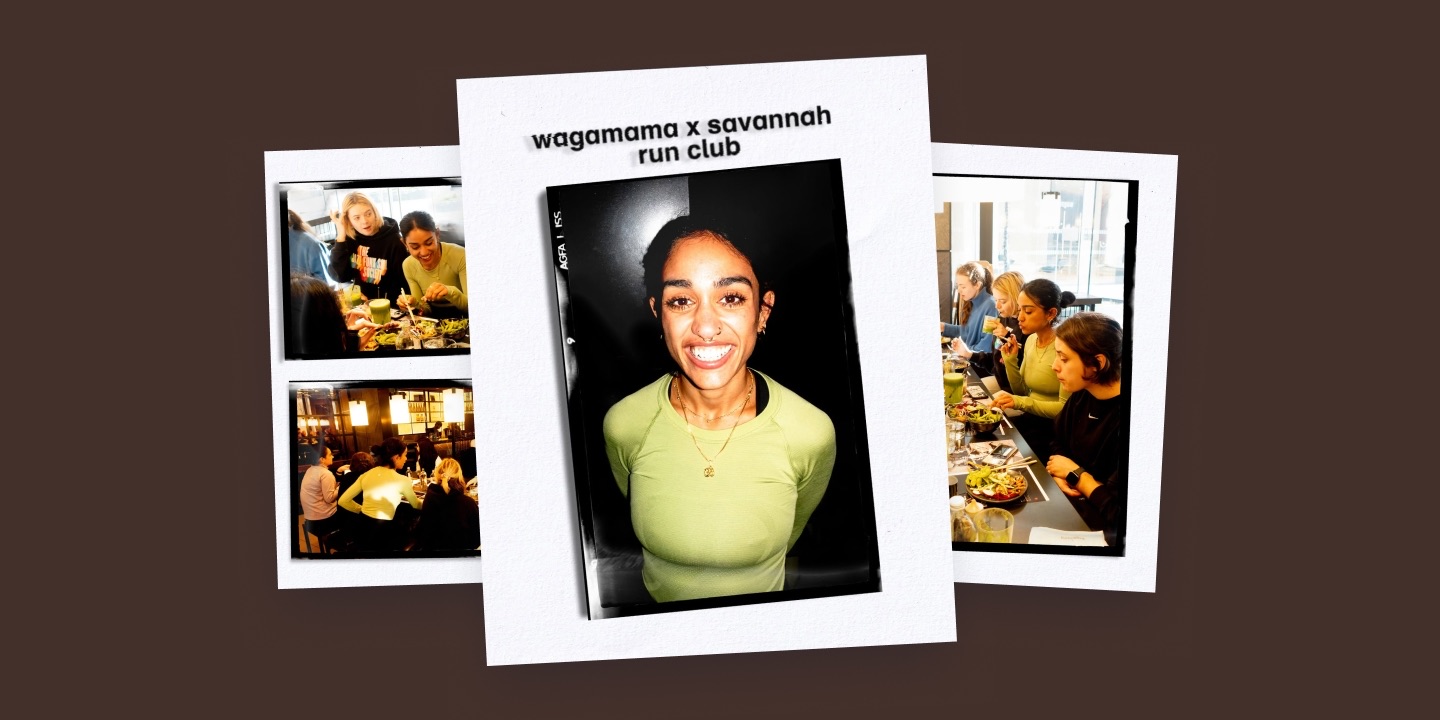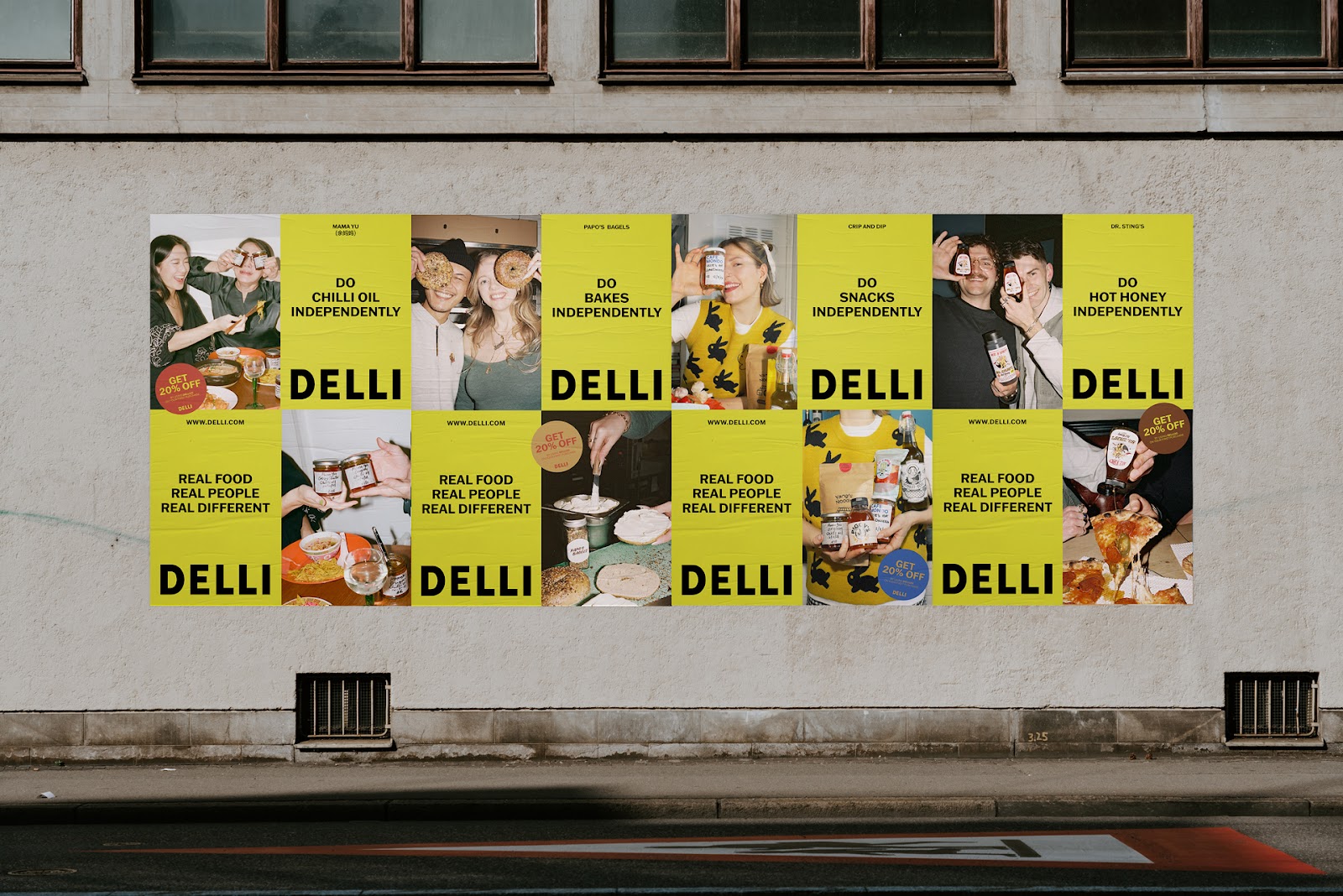
The UK food and drink industry is heading into one of its most significant advertising shake-ups in years.
From October 2025 to January 2026, new legislation will ban paid-for online advertising of HFSS (High Fat, Salt, or Sugar) products deemed “less healthy.” These restrictions are designed to reduce children’s exposure to unhealthy food advertising, but their impact will be apparent across every brand’s marketing strategy.
One of the most disruptive changes will be in Influencer Marketing. Influencers have become one of the most effective ways to build awareness, trust, and sales. But in its traditional sense – paid-for sponsored posts and integrations – HFSS brands will have to rethink their use of the channel.
That doesn’t mean influencers should disappear from your strategy. With the right approach, they can continue to play a vital role in building brand equity and consumer loyalty.
The legislation applies to all UK-targeted ads for “less healthy” HFSS products, no matter the age of the audience, and also bans TV advertising for these products before 9pm. But it also comes with several important exceptions.
The door to traditional online influencer advertising is closing, but many doors are open for brands that are willing to think differently.
Influencer Marketing is often treated as an add-on to social media budgets. We know that when it is integrated into the whole media strategy, it becomes much more powerful. This is especially true under the new HFSS rules.
Consider DOOH – the new restrictions do not apply here, meaning brands can use popular influencers as the face of a billboard or transport campaign. This will generate cut-through on the street, and fans are likely to spot these ads, create their own user-generated content, and share it on social media, extending the impact without requiring a paid post.
Delli, an app created by the team at Depop to buy the best independent food and drink, has included brand-aligned foodie creators, such as @cripandip, on their billboards around the UK.

Experiential activations are another area where influencers can shine. Hosting events that bring consumers and creators together allows for memorable interactions and earned content. For food and drink brands, this could mean tasting sessions, pop-up experiences, or immersive brand moments where influencers act as hosts and connectors, driving organic social buzz.
Wagamama UK hosted a run club with running influencer @savannahsachdev, inviting fans of the creator and fellow runners to join for a jog around Hyde Park, finishing up with a delicious meal in a local Wagamama restaurant.
Audio-only platforms such as podcasts are a great option for HFSS brands that still want to collaborate with influencers, as the channel will not be affected by the new rulings.
GK Barry, host of the Saving Grace podcast as previously featured Arctic Coffee as a podcast sponsor. She averages 100k plays per weekly episode (according to Spotify), meaning a sponsor on this podcast can reach around half a million engaged listeners per month.
Sophie and Jamie Laing, hosts of the Nearly Parents podcast, are currently sponsored by Magnum Ice Cream. They also average 100k plays per weekly episode.
Statista says that the number of worldwide podcast listeners is set to hit 651.7 million by 2027, meaning, making podcasting a lucrative advertising channel for brands.
Influencers can still help brands tell their story, even where product promotion is limited. Collaborations that focus on heritage, community values, or behind-the-scenes insights can strengthen emotional ties with audiences and keep the brand present in the cultural conversation.
The new rules demand that brands take compliance more seriously. Investing in robust data tools is essential to gain an accurate picture of influencer audiences and ensure under-16s are not inadvertently being targeted. Interest-based targeting can also be used to reduce risk and focus spend on the right consumers.
Strong agency partnerships will become a crucial advantage. Agencies with platform relationships and expertise in HFSS compliance will help ensure assets are designed, approved, and distributed in ways that won’t be penalised or removed.
Contracts with influencers also need tightening. Clear guidelines around compliant messaging should be written into agreements, alongside monitoring processes to review content once it is live. This protects both the brand and the influencer while reducing the risk of regulatory missteps.
While HFSS brands may lose the ability to directly advertise through paid influencer posts, this could spark a new era of creativity.
Influencers can still play a valuable role on social media by creating content that focuses on brand values, lifestyle associations, or themes connected to the company, without explicitly showing the products. For example, a snack brand could collaborate with influencers to create recipe inspiration content, wellness tips, or behind-the-scenes looks at brand events, all of which align with the brand’s identity without featuring the HFSS product itself.
By shifting the emphasis from overt product placement to storytelling, community engagement, and cultural relevance, brands can continue to build trust and long-term value while staying compliant.
At the same time, consumer preferences are shifting towards healthier lifestyles. Gen Z and Millennial audiences are increasingly health-conscious, and we are already seeing many food and drink brands move towards non-HFSS ranges to align with these expectations. For marketers, this creates an opportunity to lean into wellness and lifestyle-led content, where influencers are natural partners.
The HFSS ad ban is a chance for brands to rethink how creators fit into their full media strategy. Leaning into DOOH, experiential events, storytelling collaborations, and non-HFSS product ranges, brands can continue to benefit from influencers’ unique ability to connect with consumers like friends.
The brands that succeed will be those that adapt early, invest in compliance, and use this moment to innovate.
Let’s chat about how your brand can navigate these new rules. Reach out to us at hello@digitalvoices.com.